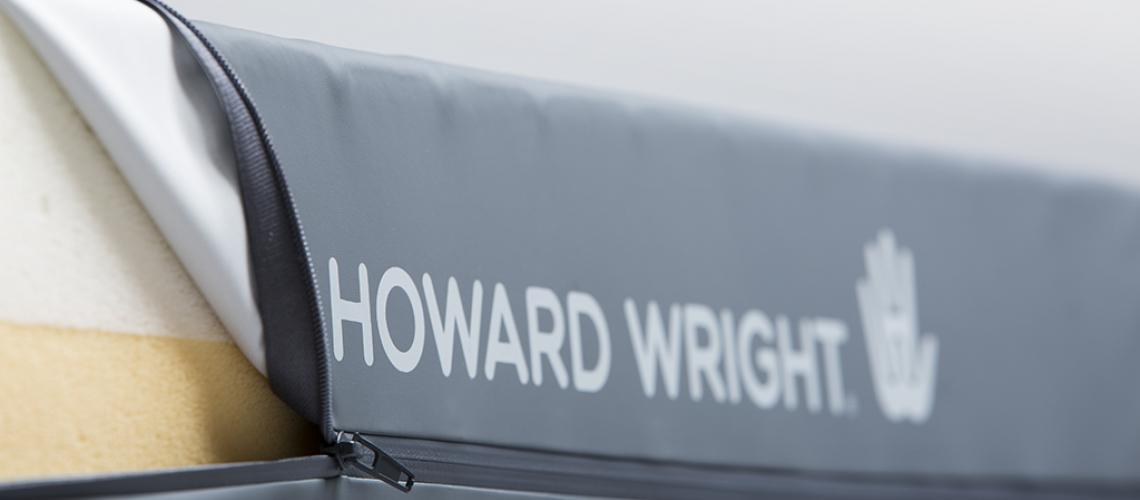Stop the Pressure
We have been hearing a lot about capacity pressures and low staff levels hampering patient flow in recent weeks, which can in turn increase the risk of pressure injuries. When staff are working under intense pressure, activities such as tissue viability risk assessments are often perceived to be too time-consuming to complete accurately in ED, especially when lifesaving treatment is the department’s priority.
A healthy person avoids tissue trauma by means of frequent spontaneous movement, even during sleep. Someone who is unable to move or reposition themselves will need assistance to turn and reposition frequently, and they remain at high risk of developing pressure ulcers. It is known that pressure ulcers can begin to form after 2 hours if the patient is at risk, immobile, or being cared for on the wrong type of equipment.
Reducing pressure injuries also reduces the cost impact associated with them, which is estimated to cost the NHS between £1.4 and £2.1 billion per year. Emergency departments should strive to achieve a change in attitude towards ulcer prevention to ensure patients are cared for correctly from the start.
In 2007 the HSE recommended that any patient requiring assistance to move in bed should be cared for on an electric 4-section profiling bed or trolley with a knee-break to prevent patient migration. Such equipment helps to reduce shearing forces during repositioning, and support under the knee and calf can help to significantly reduce pressure on the heels and friction and shear on the sacrum, thus reducing the risk of pressure ulcer development. The knee-break can also prevent the patient’s feet touching the foot board.
The M9 Trauma, M9 Transfer and M9 Short Stay from Howard Wright are all equipped with an electric 4-section profiling deck and knee break as standard. They all lower to reach a class-leading low height and have an auto-contouring function to ensure both the head end and knee break raise together to reduce shearing forces and create a comfortable position for the patient.

